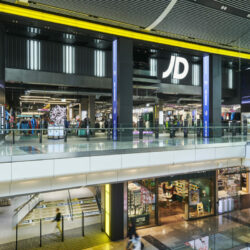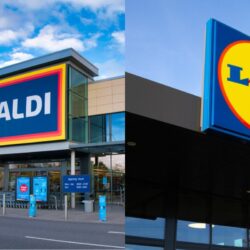Sky-high inflation and soaring supply chain costs forced many retailers to raise prices last year and this looks set to continue into 2023 with record price rises recorded in January.
The BRC today reported that prices were up 8% year on year in January, accelerating from the 7.3% rise in December.
Experts believe this trend will prolong through the first half of 2023 – but which sectors will be the worst hit?
Food prices continue to soar
BRC economist Harvir Dhillon says that food prices will continue to see faster price rises than the rest of retail this year.
This was seen in January’s shop price figures, with food prices up a whopping 13.8% year on year – the highest inflation rate on record.
Fresh food is facing particularly steep inflation, with prices up 15.7% year on year last month – again the highest level on record – due to increased production costs.
However, ambient food also acceleated as wholesale and bulk prices grew, particularly for sugar and alcohol.
Ami Rabheru, retail expert at the Retail Business Hub, echoes Dhillon and says food and drinks will continue to see record levels of inflation this year.
She says this will hurt consumers’ pockets and their spending power, especially on non-essential items.
“As the consumer recessionary behaviour of trading down, switching brands and generally being savvier continue to get stronger, businesses are likely to lose customers,” she adds.
Fashion retailers take a hit
Globladata senior analyst for apparel Emily Salter says that although all retail sectors have been forced to raise prices, “non-essential sectors are the most affected by the impacts of these rises on consumer behaviour” as shoppers are more able to cut back spending on sectors such as homewares and clothing.
Next prices will increase 8% in spring/summer 2023
It’s a double whammy for non-essential retailers as at a time where consumers budgets are constrained, they are being forced to raise their own prices due to rocketing costs.
Earlier this month, Next flagged that prices for spring/summer clothes and home goods would rise by 8%.
M&S meanwhile upped its prices by 7% for autumn/winter last year.
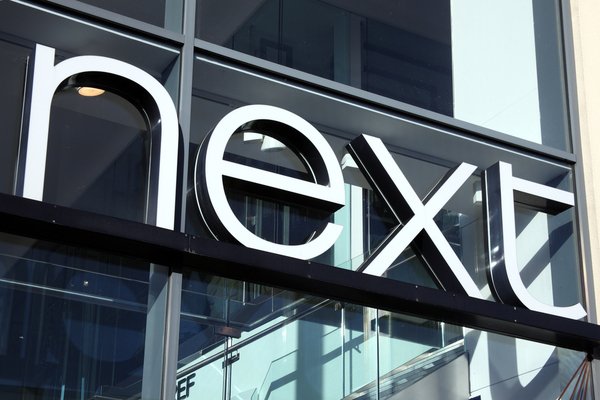
However, some retailers have opted to take a hit and swallow rising costs so as not to lose increasingly price-sensitive shoppers.
Primark, which increased prices by 8% in autumn/winter 2022, said in November that it would not hike prices further until at least the summer.
It said: “Given a context of a likely reduction in consumer disposable income we have decided this year not to implement further price increases on the autumn/winter and spring/summer ranges beyond those already implemented and planned.
“We believe this decision is in the best interests of Primark.”
Electricals retailers prioritise margins
Shoppers can expect notable price rises in electricals too.
The sector has long been associated with discounts and deals, however two of the UK’s biggest players, Currys and Ao.com, are focusing on protecting margin right now, which will mean passing on rising costs to consumers.

Currys boss Alex Baldock says: “We’re leading more boldly on price rises, and we’re charging for services more now as well.”
The retailer has recently introduced delivery charges on major appliances and TVs.
He adds: “We’re doing fewer promotions – the promotional intensity significantly declined – and we’re especially doing none of the less profitable ones.”
When will prices fall?
The big question on both consumers’ and retailers’ minds is when will prices start falling.
Salter says: “Retailers are expecting their cost pressures to ease in the second half of 2023, so many will be less likely to put up their prices again.”
However, she does not believe prices will come down this year.
Tesco CEO Ken Murphy is more optimistic on inflation.
“We would hope that by the middle of the year it will have peaked and will then come down the other side,” he says.
Dhillon says the end of inflation will very much be dependent on a range of global factors.
He says: “The trajectory of inflation will depend on the extent of China’s rebound following almost three years of lockdowns, as well as crucial developments in the Ukraine-Russia conflict”, which he says has pushed up the cost of energy, transport, animal feed and fertilizer.
However, there are signs that some of those costs are starting to fall. Tesco CFO Imran Nawaz says it is seeing “green shoots” in terms of commodities and freight costs.
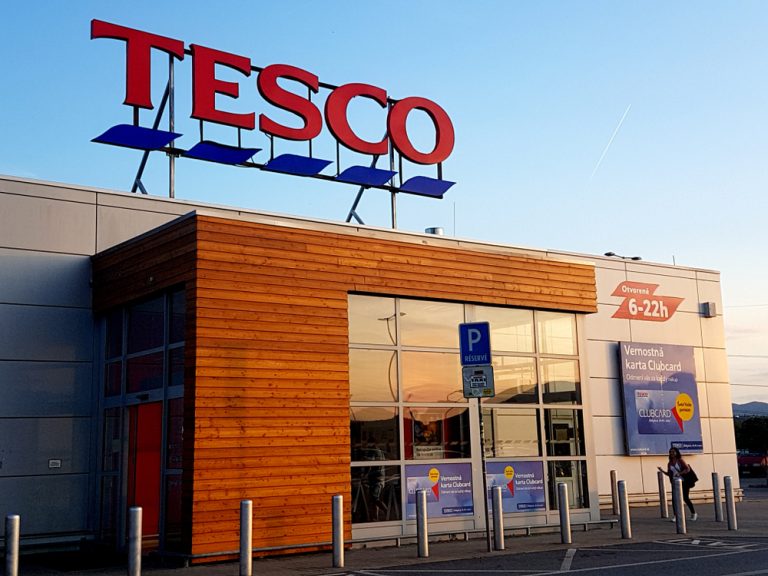
Meanwhile Next expects inflation to slow from 8% to 6% in the second half due to easing cost pressures.
The retailer says: “It does appear that cost pressures are now easing through a combination of reducing freight costs and lower factory gate prices.”
Factory prices for the second half are benefiting from the decline in the price of key commodities, such as cotton and polyester, along with increased capacity due to the slowdown in global demand.
There is also a slightly easing in wholesale energy costs.
Iceland boss Richard Walker, who saw the firm’s energy bill soar £20m last year, expects that figure to be less this year, although he says the price of energy is still “uncomfortably high”.
How are retailers minimising price increases?
Dhillon says that despite their own rising costs, retailers have taken steps to support consumers during the cost-of-living crisis through expanding value ranges, keeping the price of essentials down, and introducing discounts for vulnerable groups.
Iceland, for example, has introduced a discount for the over 60s, offering elderly shoppers 10% off their shopping every Tuesday.
Salter says grocers and health and beauty retailers are “doing the most as these are the sectors where price rises are the most noticeable”.
Just last week Boots revealed its “biggest ever savings” to help support cash-strapped shoppers.
The retailer added 60 new lines to its ‘Boots Everyday’ value range, while also renewing its Price Lock initiative by freezing prices on essentials.
The grocers have also kicked off the New Year with a raft of price initiatives, with Morrisons slashing the price of 820 items, while both M&S and Tesco have locked prices on more products.
Tesco UK chief executive Jason Tarry says: “As we start the New Year, we know times are tough for many of our customers right now.
“We hope this extended price lock commitment gives our customers the certainty of knowing that over a thousand household favourites and own brand essentials will stay at the same low price for months to come – helping them budget when they need it most.”
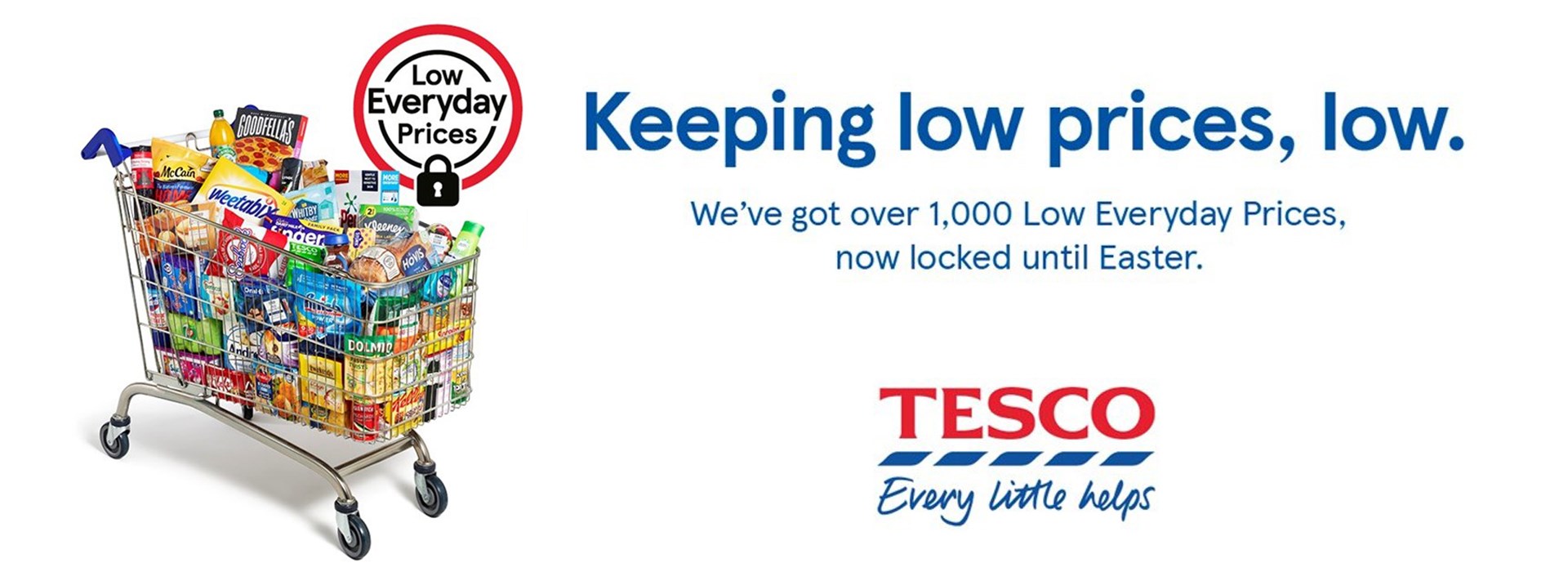
But, Salter cautions, there is only so much that retailers can do without taking a hit on margins.
Retail Business Hub’s Rabheru adds that the “knee-jerk” price rises that many retailers introduced in the second half of the year “may well have been the thing which saved a lot of retailers in Q4”.
However, this year she advises retailers to adopt more nuanced approaches such as reviewing price architectures to rebalance good, better, best mixes for their customers “so they can clearly understand the value of the offer and seamlessly trade up and down”.
The risk of raising prices
Shoppers are feeling the pinch more than ever – will price rises put them off spending with certain retailers?
It is something that is clearly on Primark’s mind as it has vowed to keep prices static.
However, Salter insists that price is not the be-all and end-all, even in this tough environment.
She says that the retailers that were attractive to shoppers before the cost-of-living crisis will continue to do well as they have already persuaded shoppers that their products are worth purchasing.
But delivering good value for money – which is different to just price – is integral.
Rabheru points out that while customers will be more price sensitive, they will not trade down across the board.
“Businesses should stay close to what their customers are doing, thinking, and feeling to help them identify which product categories will continue to be strong for them and optimise those opportunities to keep their loyal customers spending with them,” she says.
While value is important, so too is quality as shoppers are still looking for treats.
This was evident over Christmas when both Tesco and Sainsbury’s flagged that both their value offer and premium lines experienced strong growth.
Sainsbury’s premium Taste the Difference sales jumped 10% year on year, and 27% against pre-pandemic levels.
While its clear price hikes are here to stay for the first half of the year at least, if retailers can justify their higher price points and offer products consumers truly love, shoppers will continue to spend.
Click here to sign up to Retail Gazette‘s free daily email newsletter
















